- colourful - lots of gold formations
- beautiful formations, highly decorated rooms
- great fossils - molluscs, sponges
- halocline at 20 metres
- maximum depth 23.5 metres
- still contains original exploration markers
- blind cavefish, remipedes
- mainline passable on backmount
- sidemount recommended for many passages, multiple restrictions
- line tension isn’t great in some sections, take care in the halocline
- decompression may be required
- insufficient length to warrant DPVs
- no cavern diving
Directions to get there:
Dive site information:
Entry fee for cave divers:
Locating the line:
This cenote has been modified. Expect a heavy silt load inside the cave entrance.
Depth:
Facilities:
There are no benches near the carpark for twinset divers. There is a nice wall you can stand your doubles on to get them on easily.

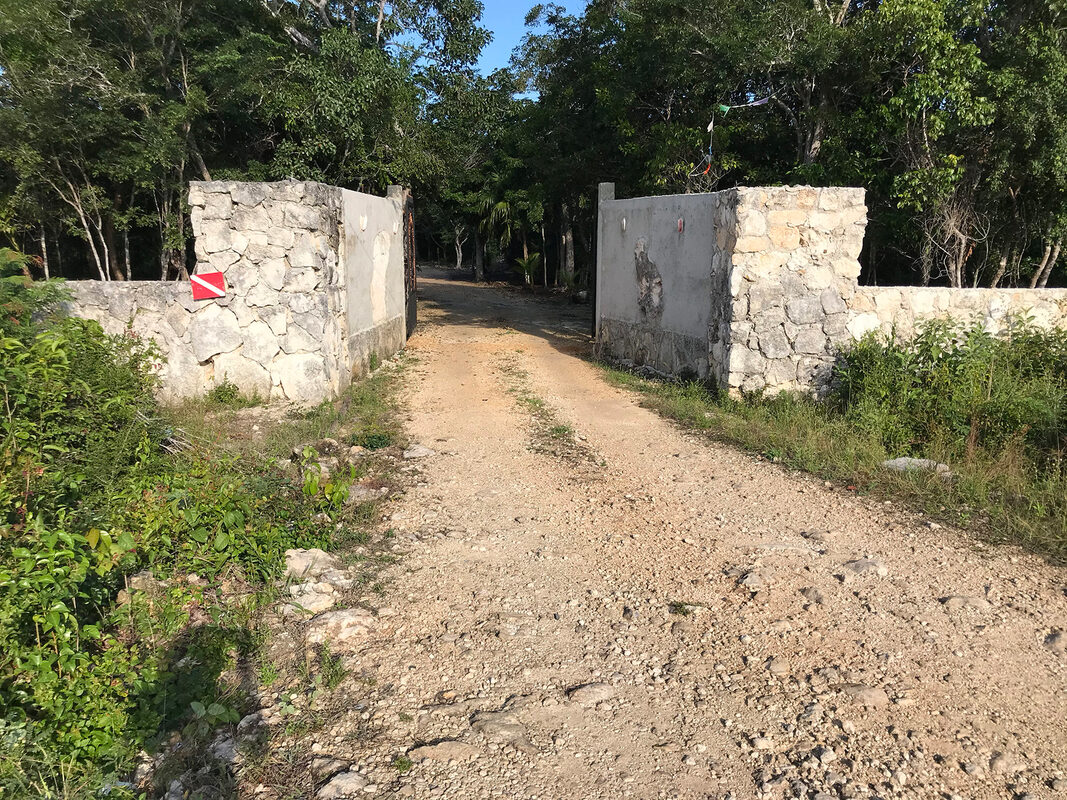
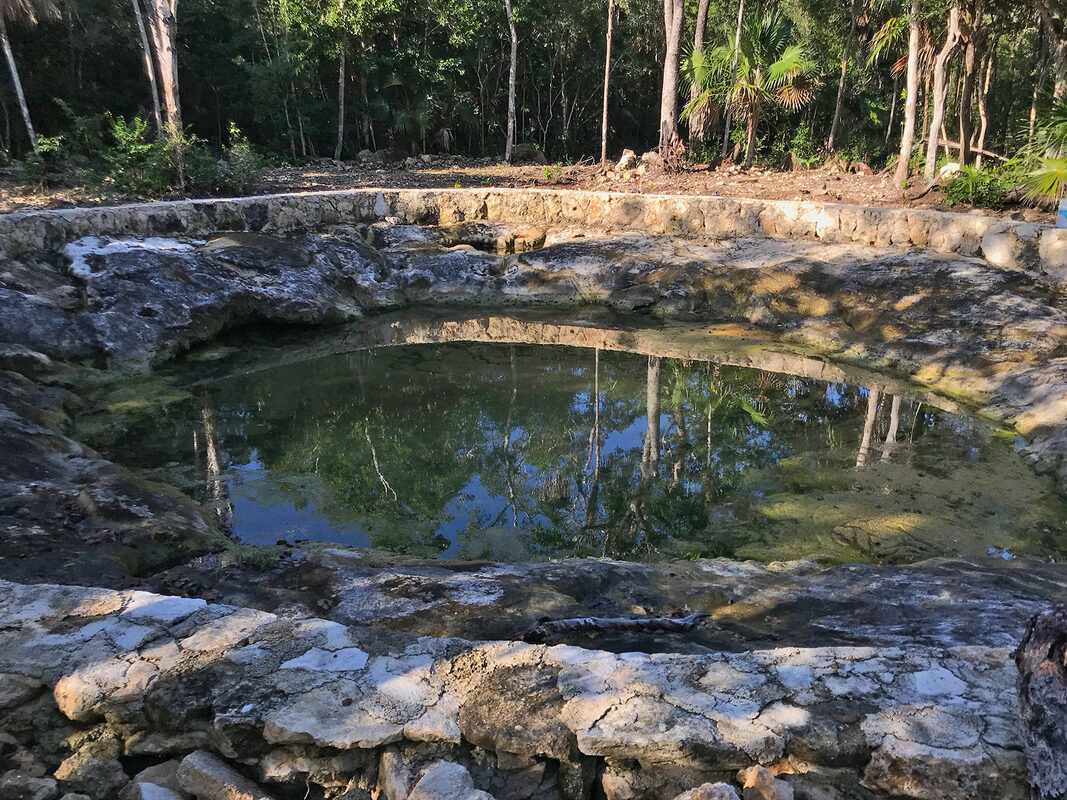
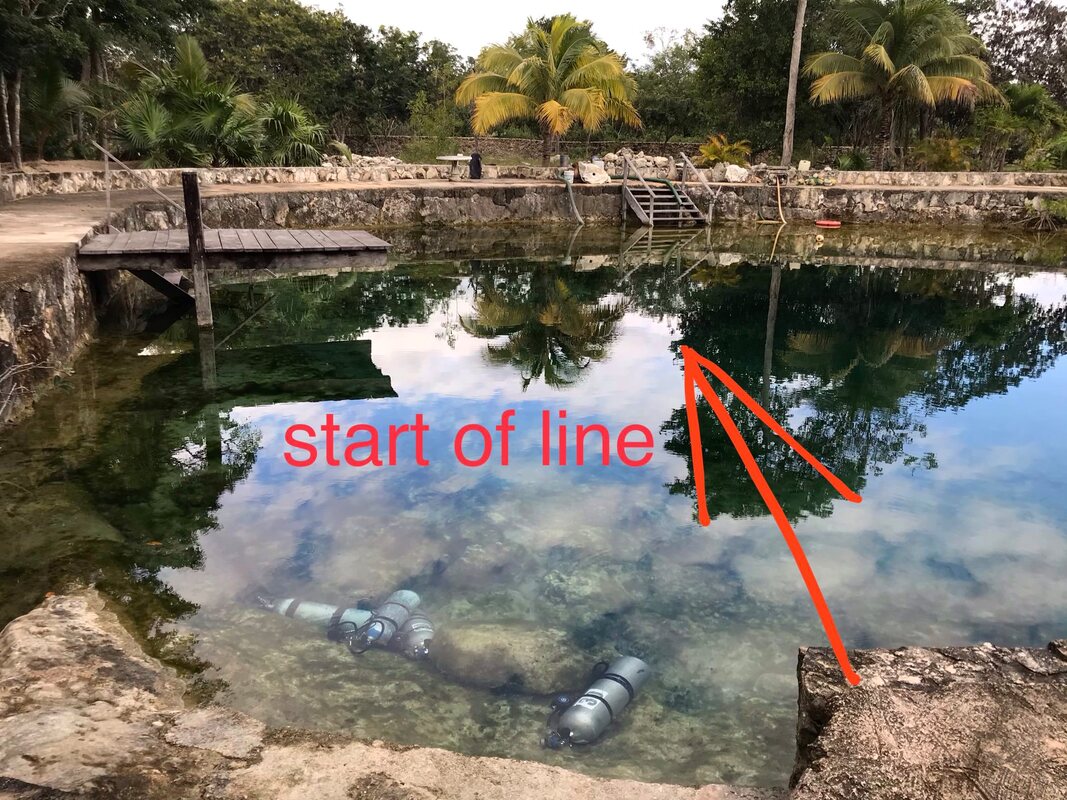
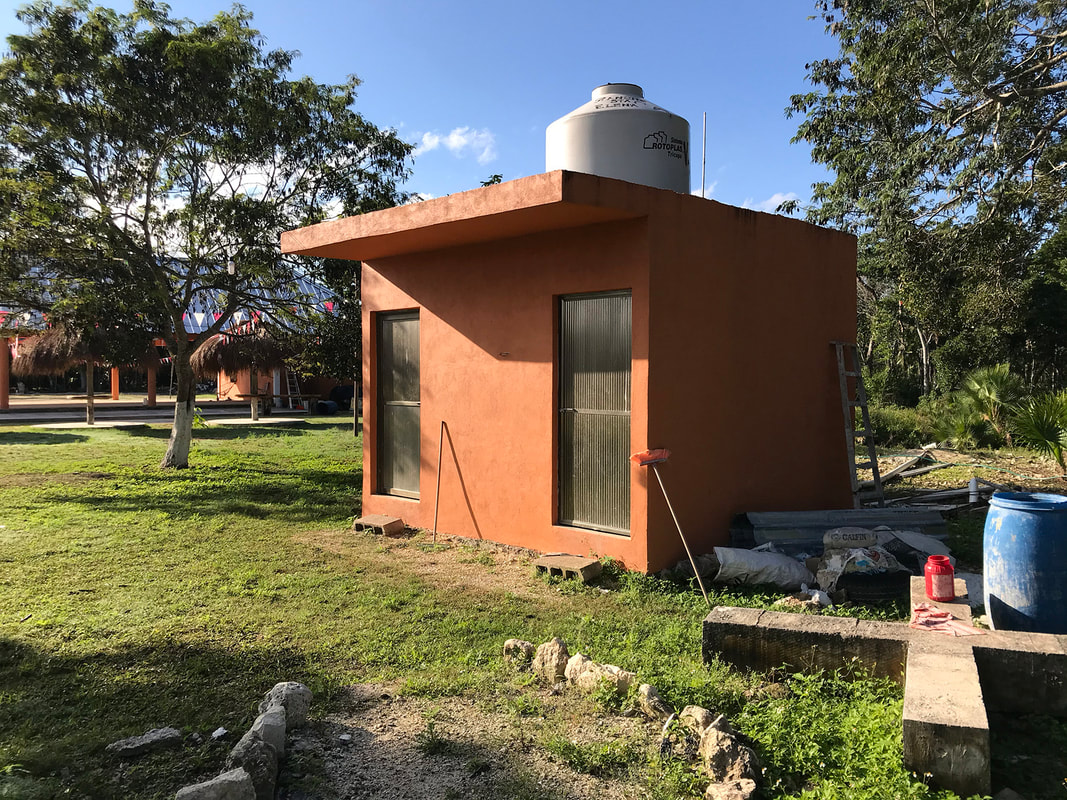
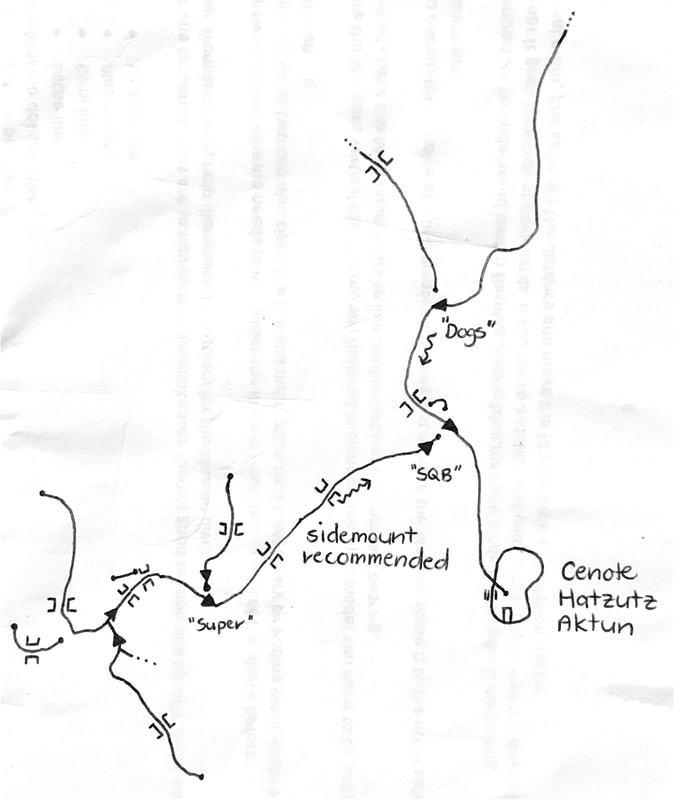

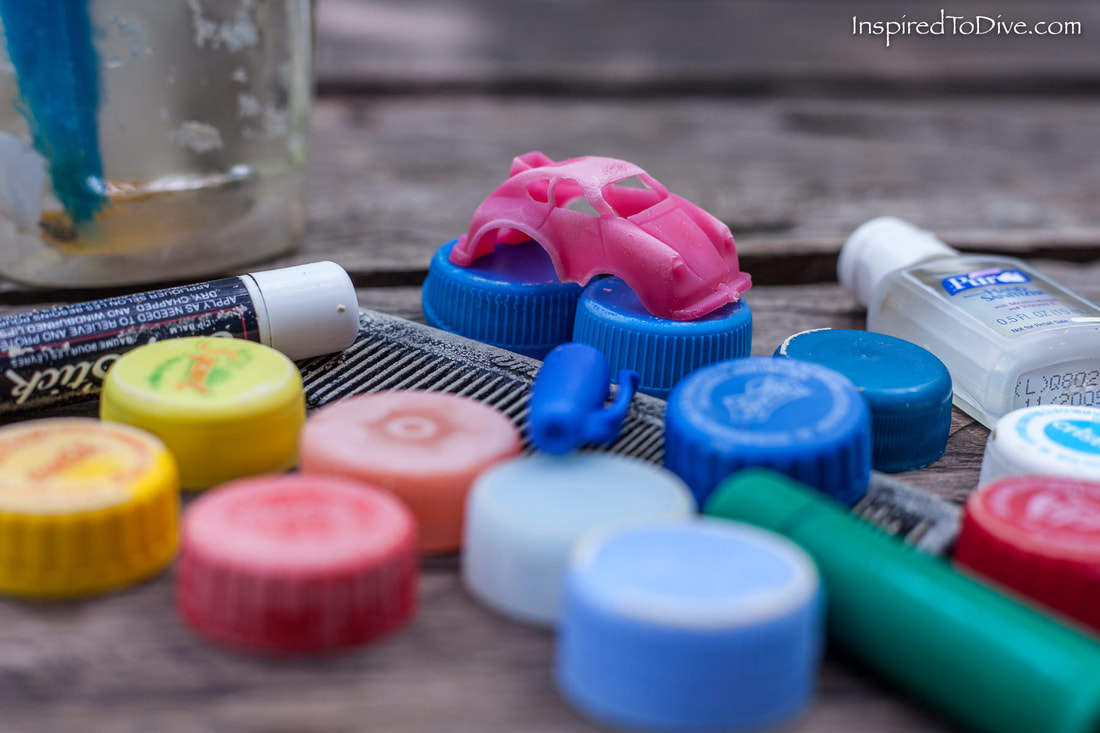
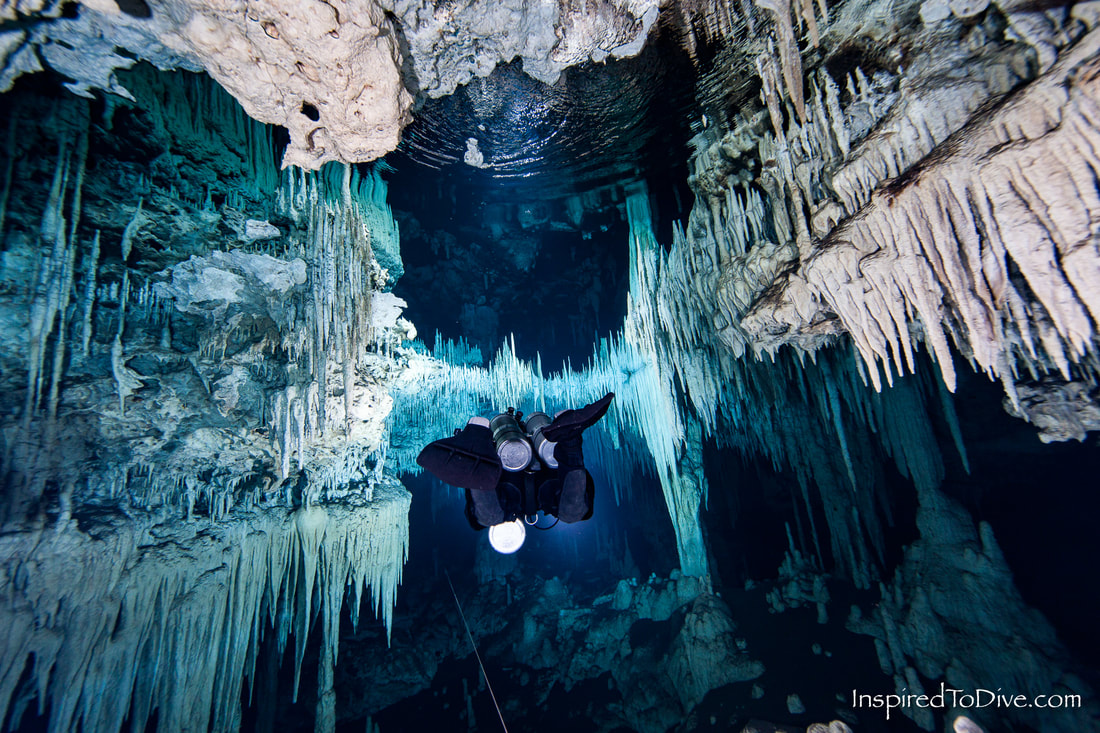
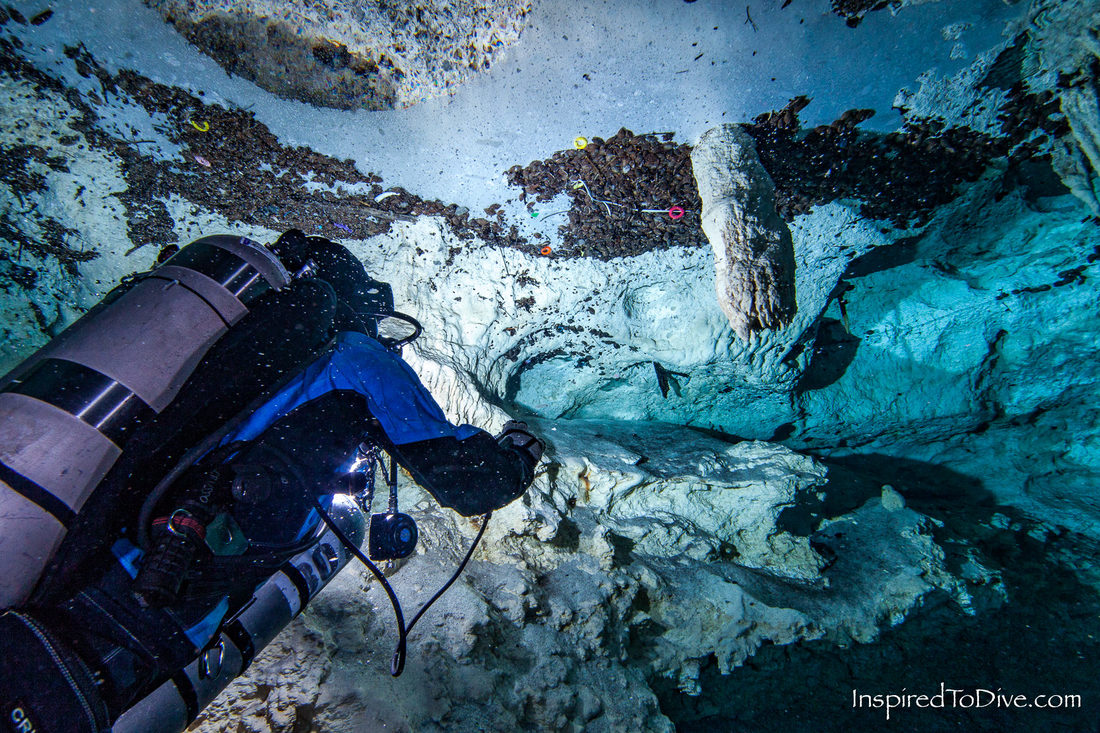
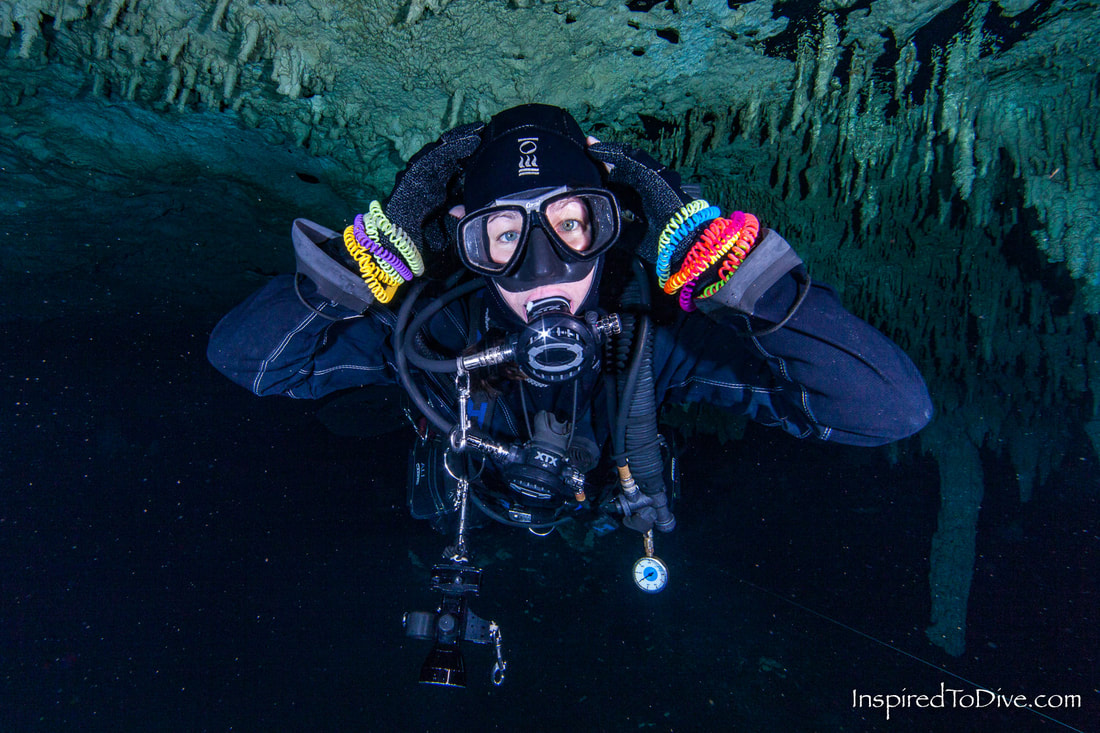

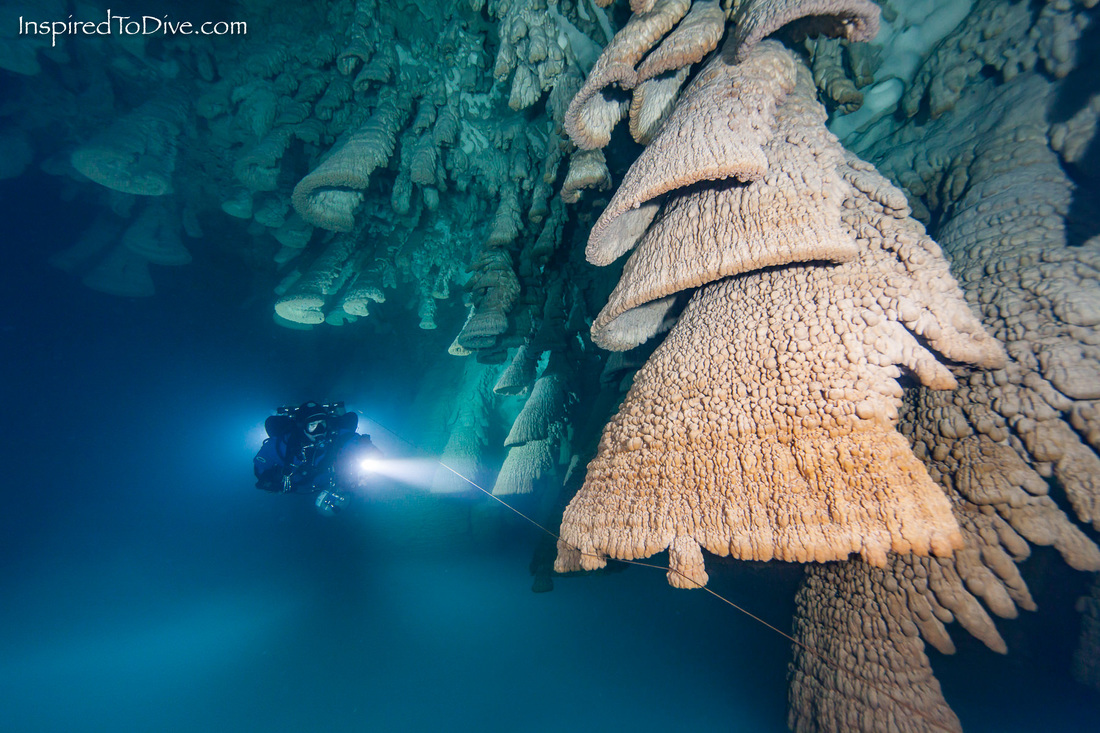
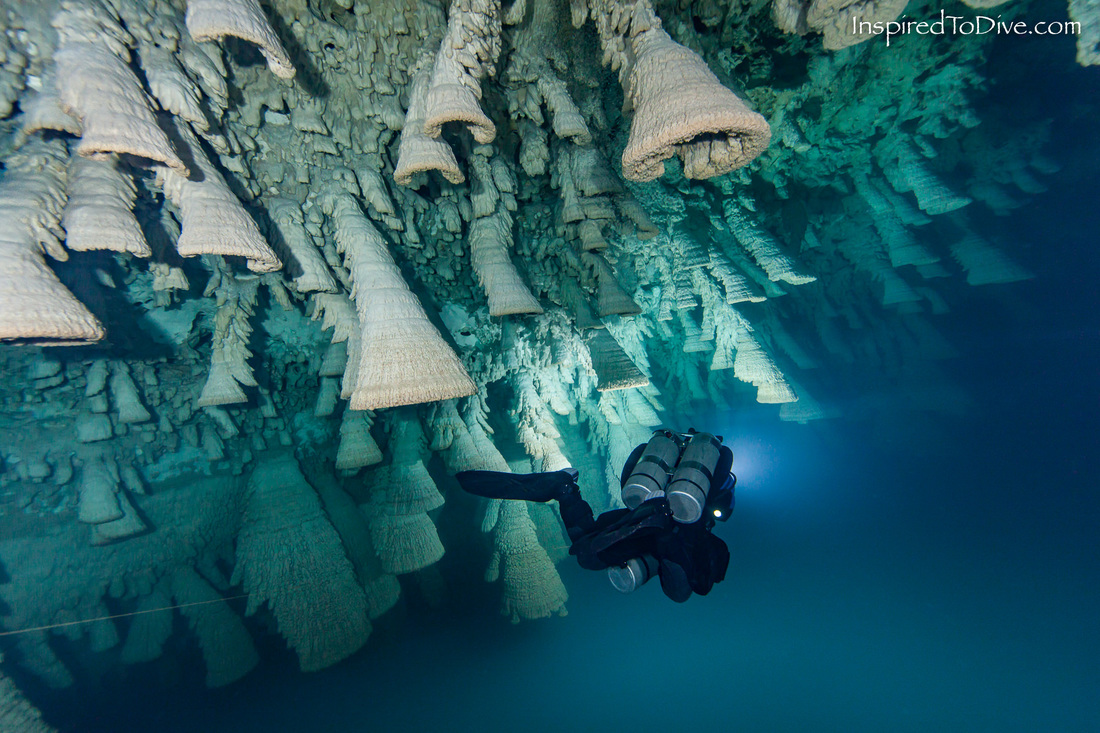
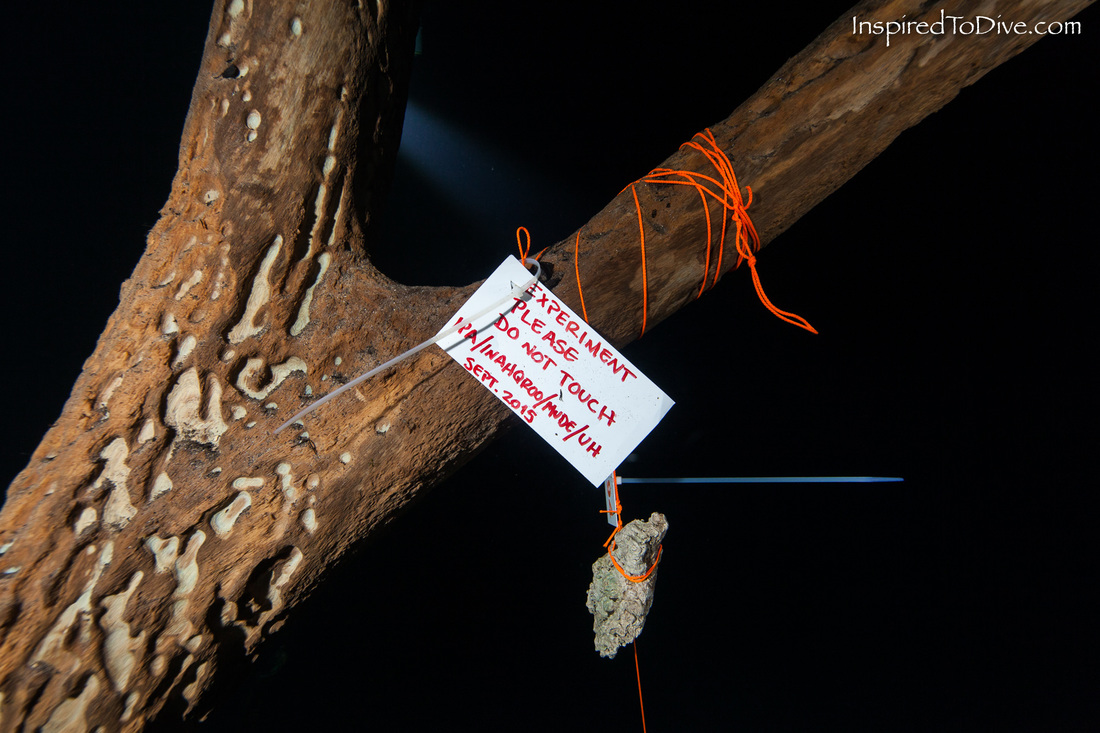
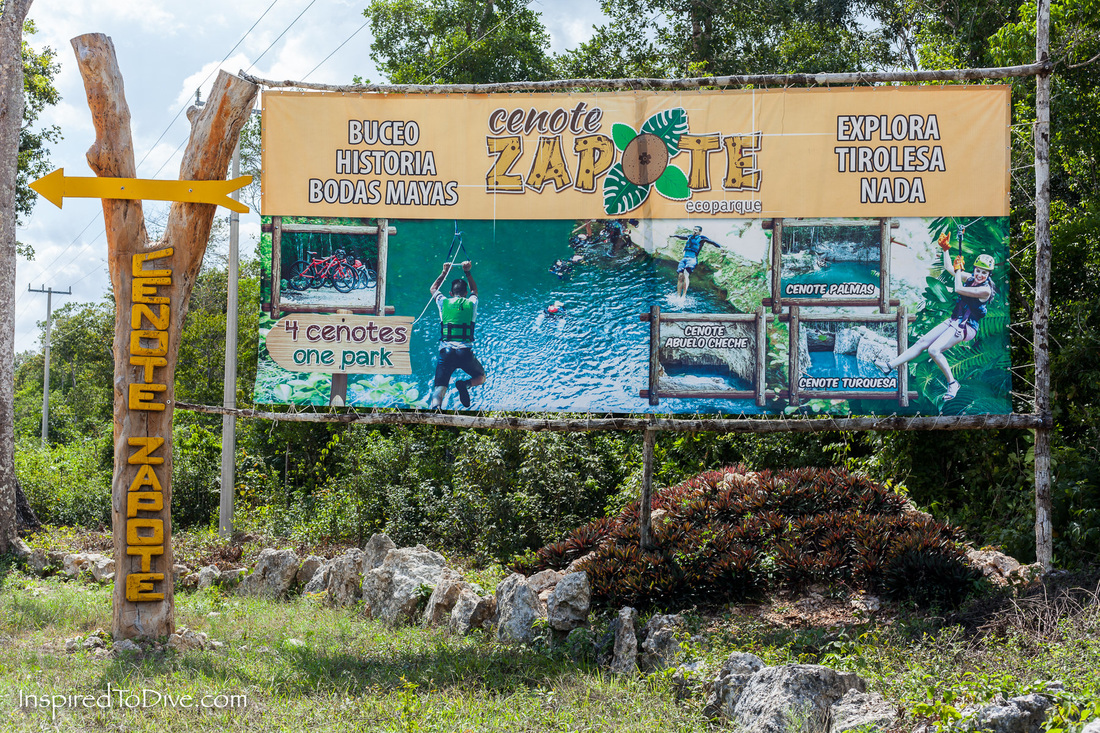

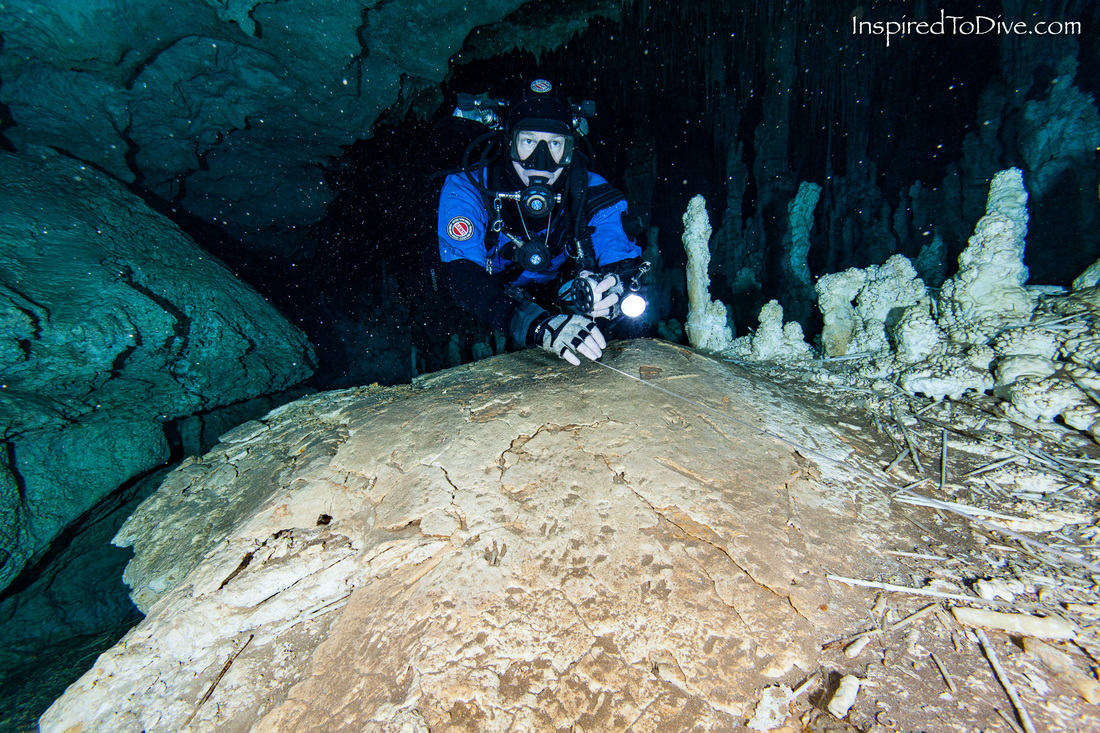
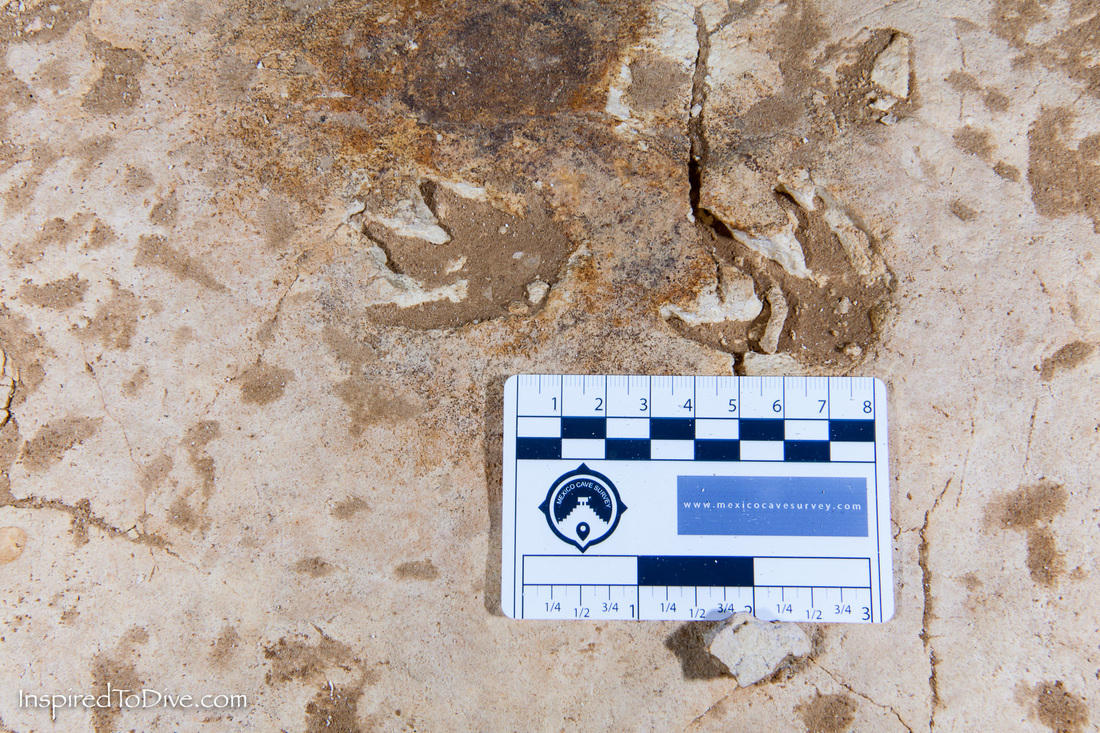
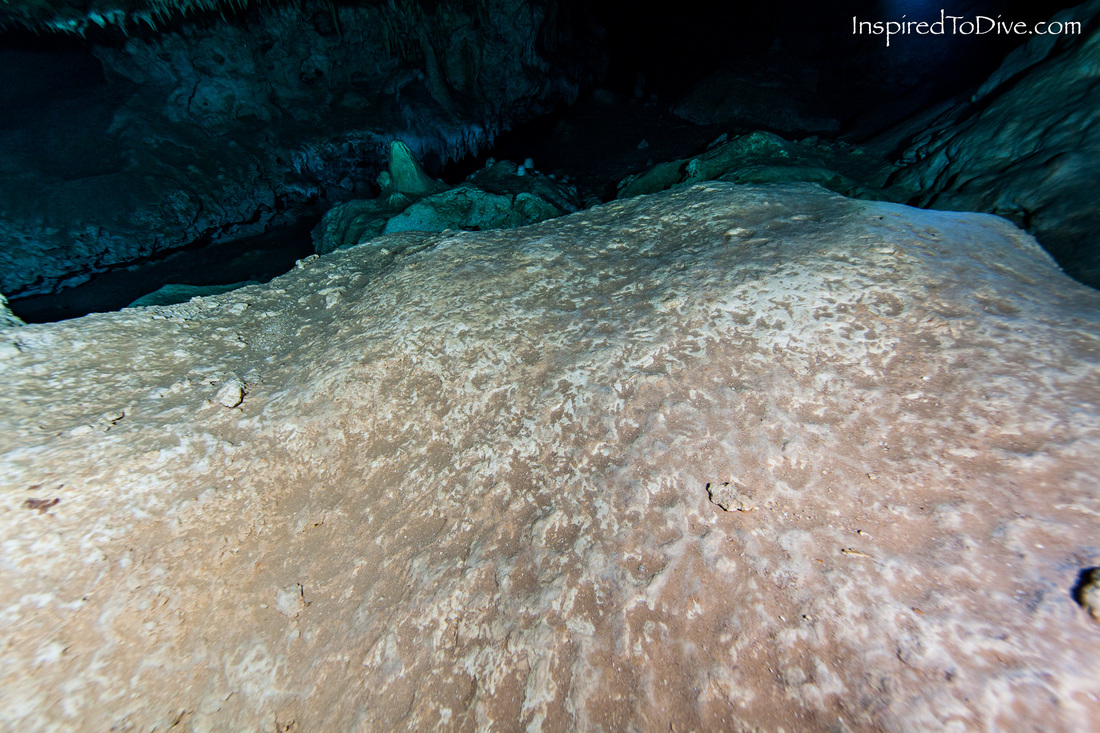
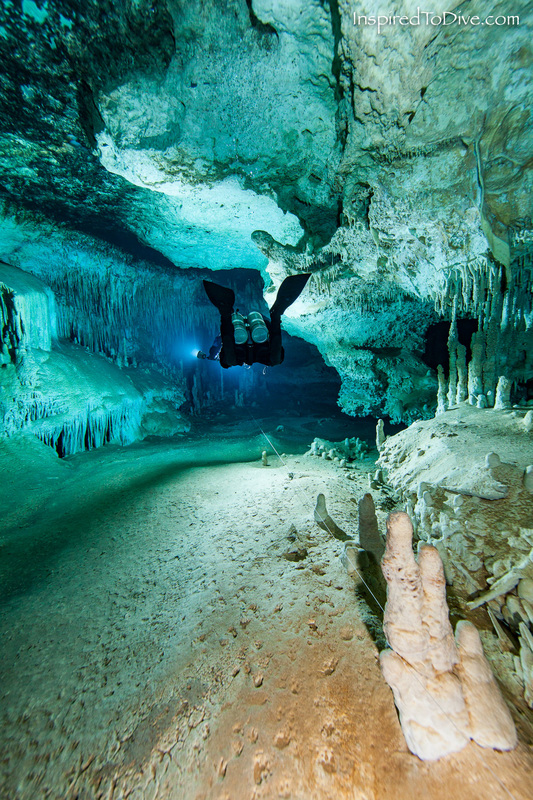

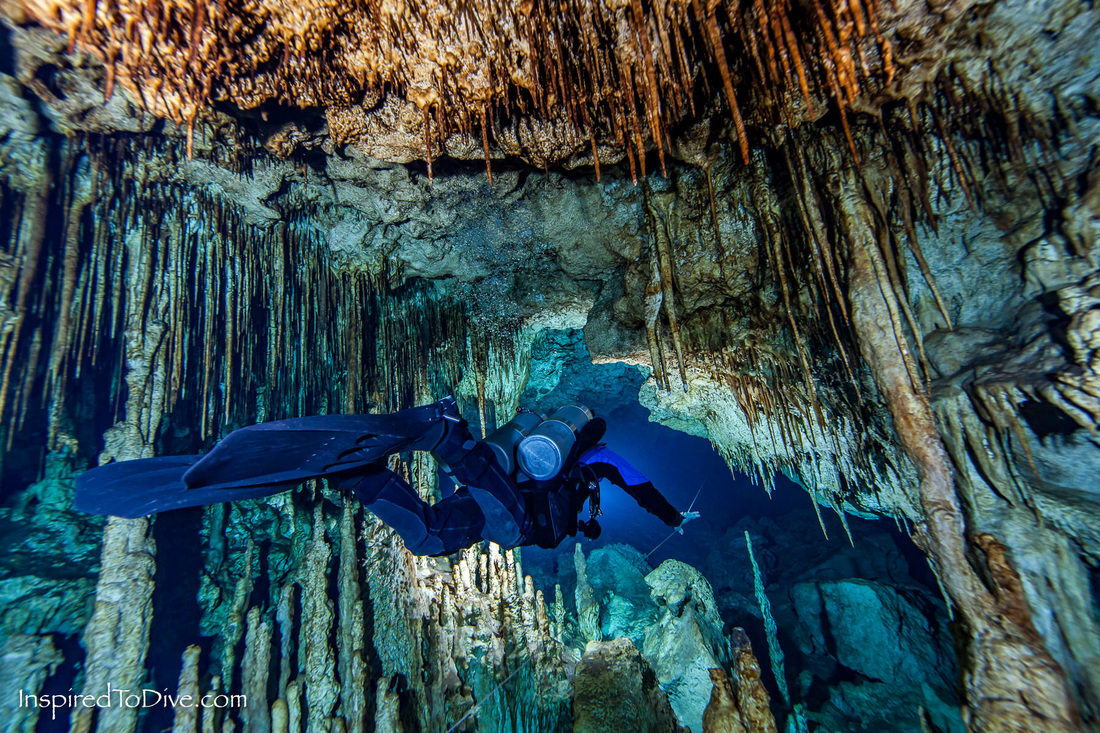
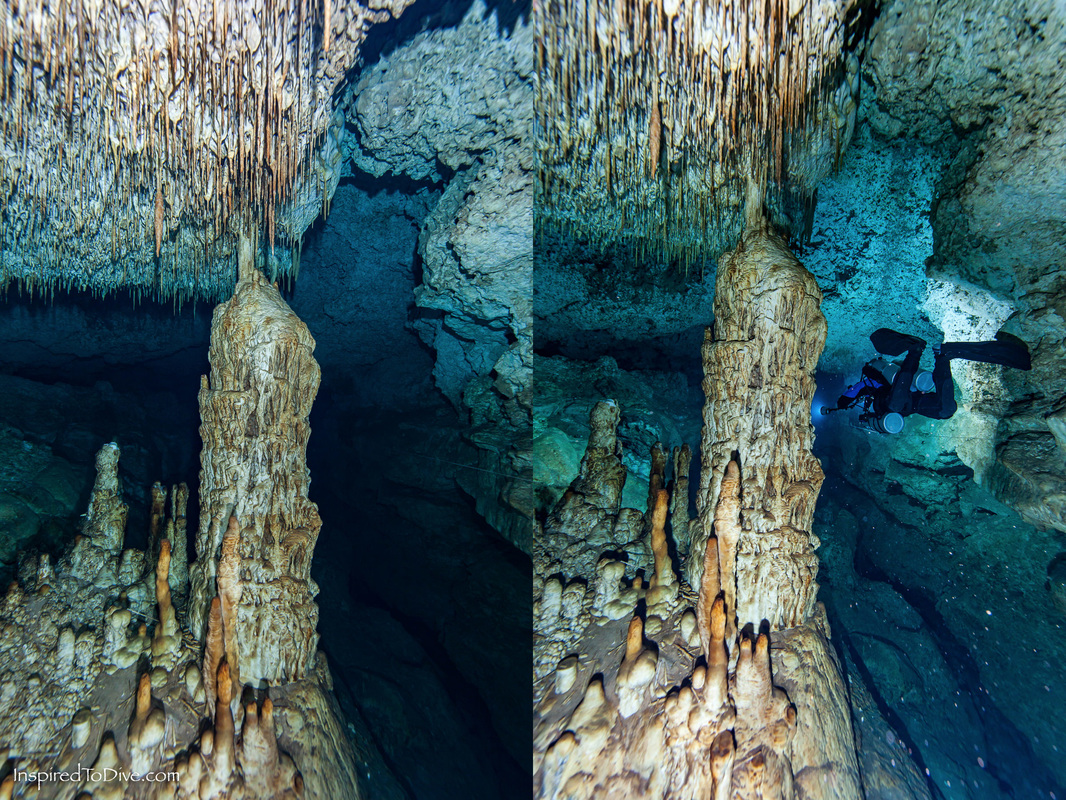
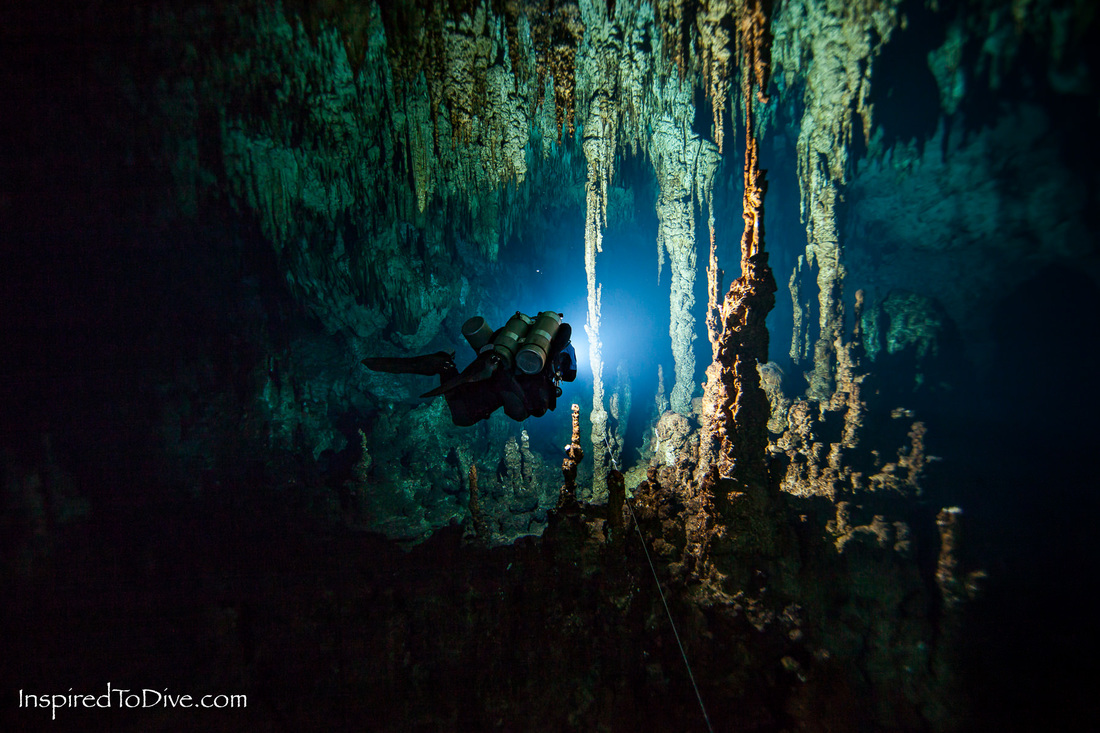

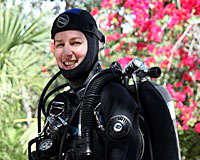
 RSS Feed
RSS Feed

